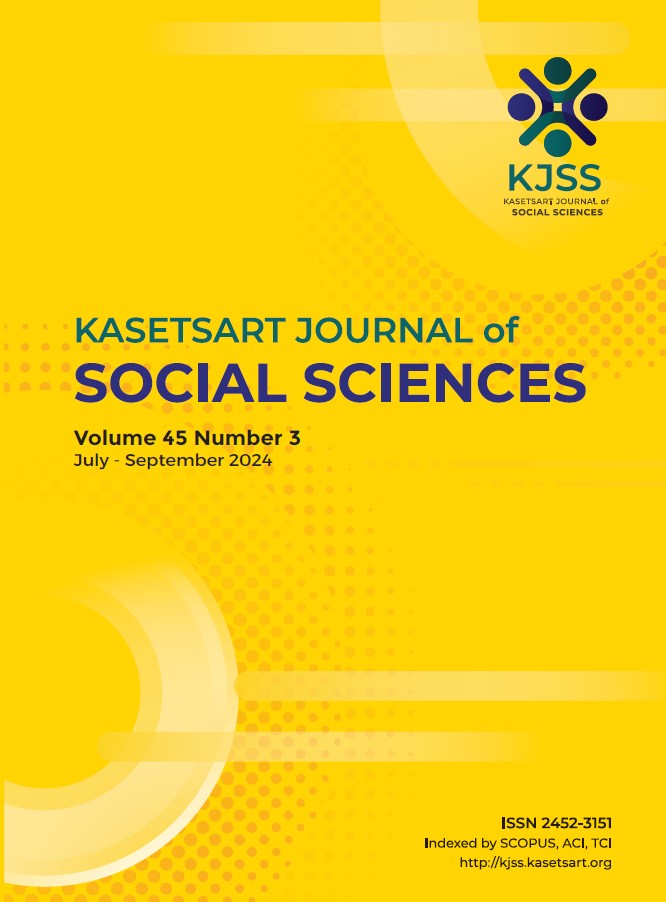Gifted and talented students’ intention to study and work in STEM fields: A multilevel structural equation modeling approach
Keywords:
gifted and talented students, gifted education, intention to study and work in STEM, multilevel structural equation model, STEM educationAbstract
This research analyzes the multilevel effects on the intention of gifted and talented students to pursue STEM studies and careers. Participants include 771 students and 43 teachers from a STEM-focused gifted and talented program. Nested data were collected using two questionnaires: one for students and one for teachers. The multilevel model consists of student-level and class-level factors. At the student-level, variables considered are student support, growth mindset, motivation in STEM, and intention to pursue STEM. At the class-level, variables include teacher support, teacher competencies in STEM for gifted and talented students, and classroom climate management for gifted and talented students in STEM. Findings reveal a good fit between the multilevel model and empirical data (CFI = 0.972, TLI = 0.960, RMSEA = 0.049). The causal model suggests that student motivation mediates the significant effect from growth mindset to intention. However, growth mindset has an insignificant direct effect on intention. Student support significantly affects intention but not motivation. At the class-level, teacher support significantly influences teacher competencies and classroom climate management. Teacher competencies significantly impact student motivation, while the effect of climate management on motivation is not significant. In summary, this research highlights the mediating role of motivation between growth mindset and intention. Student support influences intention, while teacher support affects competencies and classroom climate. Teacher competencies influence student motivation, but climate management’s effect is not significant.
Downloads
Published
How to Cite
Issue
Section
License
Copyright (c) 2024 Kasetsart UniversityThis is an open access article under the CC BY-NC-ND license http://creativecommons.org/licenses/by-nc-nd/4.0/










